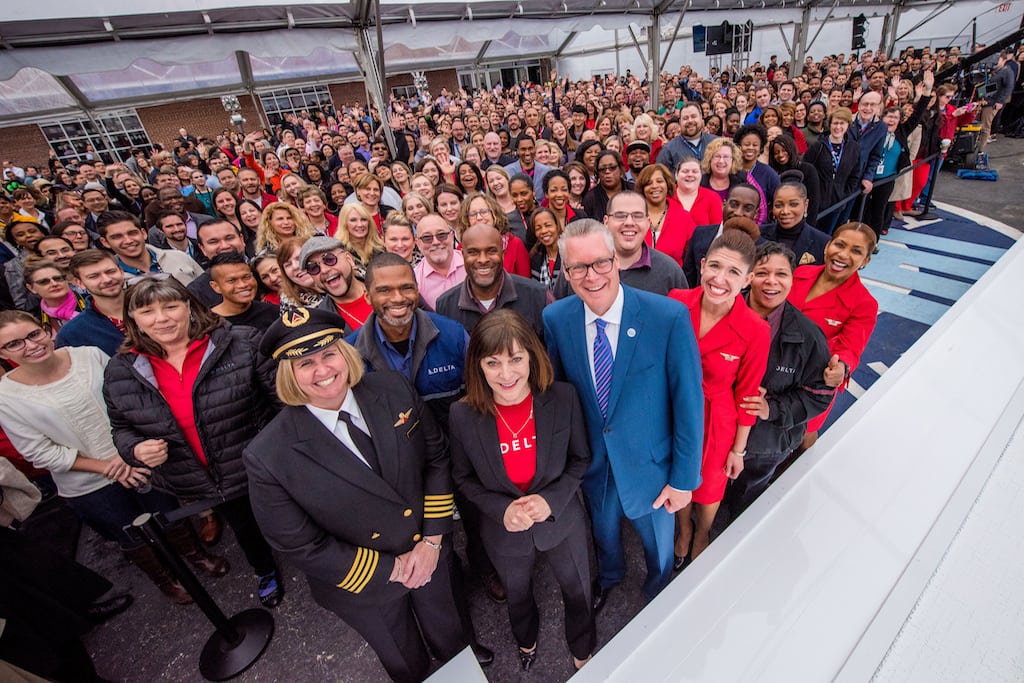Skift Take
Delta Air Lines is making bank on basic economy fares and other divisions like cargo and loyalty while costs are slowly rising. The airline remains in good position to continue growth despite some trouble in the first quarter.
Delta Air Lines has been chugging along over the last year, steadily growing revenue while experimenting with basic economy fares. The first quarter of 2018 was no different, with the airline beating estimates despite increased costs.
The airline posted record revenue of $9.76 billion marking 8 percent growth year-over-year. But income was hurt by higher than anticipated fuel prices and the cost of increased capacity. Those and other costs, particularly those incurred from the gnarly winter storms across the U.S. this winter, caused the airline to receive $104 million less income than it did in the first quarter of 2017.
The company’s branded fares surged to $421 million, a 23 percent increase year-over-year, showing the success of increased fare segmentation for flyers. Revenues at the company’s cargo division also grew 23.4 percent, although it remains far from an all-time high.
“This is really a natural evolution of us trying to provide best-in-class services depending on what your needs are: if you can pack your clothing in an overhead bag, why should you pay us for other services?” said Delta Air Lines CEO Ed Bastian on the company’s first quarter earnings call. “We think that is been well accepted by the marketplace and that customers are finding value in it.”
At the same time, the airline will roll out new premium seats across global markets this year to capitalize on the high-end of the market; the strategy is now “the backbone of our commercial strategy” according to Delta executives.
Despite increased costs this quarter, Delta still expects to end the year with 4 to 6 percent revenue growth. In other words: things are good, despite slight headwinds early in the year.
Analysts on the earnings call reflected that with non-ticket revenue growing must faster than ticket revenue, more emphasis on areas like branded credit cards could be beneficial. Delta’s loyalty program, for instance, grew revenue 13.8 percent year-over-year.
“Hopefully the marketplace is seeing that we’ve got a more sustainable and durable base revenue stream that’s not fully dependent on the airline in and of itself,” said Bastian. “Over time, if we’re unable to get our valuation to where it should be, we’re open to other options.”
Finally, Delta’s recent shifts in international seem to be paying off as well, although executives say the focus will remain on flights from the U.S. because of higher fares.
“We see record travel between the U.S. and Europe in both directions; we are selecting traffic from the U.S. over traffic from Europe because the fares are higher out of the U.S. and have been historically higher for the last twenty years,” said Bastian. “The total traffic to Europe I think will be record breaking this year.”
The Daily Newsletter
Our daily coverage of the global travel industry. Written by editors and analysts from across Skift’s brands.
Have a confidential tip for Skift? Get in touch
Tags: delta air lines, earnings
Photo credit: A promotional photo from Delta Air Lines feature CEO Ed Bastian. Delta posted strong earnings despite increased costs from labor issues and weather disruptions. Delta Air Lines
